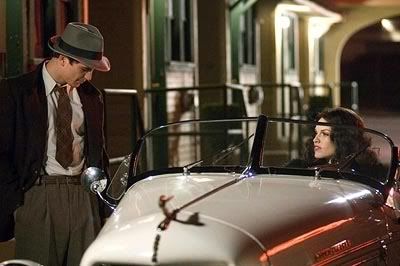
What perfume does a film noir heroine wear? More importantly: what perfume does a film noir cinephile wear? If the twists of plot found in a good noir are you cup of tea (or, in this case, coffee), then Film Noir by Ayala Moriel perfumes might be your hot ticket to a ride of pleasure for the evening. And many more evenings to come, if you are lucky and smart. But let's concentrate on your smarts, pal.
Ayala Moriel is dedicated to the art of natural perfumery, a niche that is witnessing a renaissance lately. Perfume Designer Ayala Moriel creates handcrafted perfumes from 100% precious botanical essences. On her site, she describes Film Noir thus:
"This perfume is as dark as a Film Noir plot; as dark as a dim-lit alley in Chinatown and musty as the sewer in The Third Man where the
ambivalent heroes and heroines find their inevitable death, over and over again.
Film Noir is as dark as the soul of the genre's script writers, directors,
actors and viewers. In fact, it is so dark that it includes only the darkest
base notes: cruelly luscious dark cacao absolute, musty-sweet patchouli and the
mysterious bitterness of myrrh. "
Built around the noble essences of dark-roast coffee and the bitterest Valhrona chocolate they combine with patchouli to render a surprising gourmand that catches the darkest images. If you have sampled the wonder that is Serge Luten's Borneo 1834, then you are already familiar with the weird attraction that such scents produce in the limbic system of the person smelling them. Although the depth is somehow bitter and musty, as if glimpsing the jaws of hell, it manages to also recall memories of cosiness and comfort in woolly seperates on a very cold day. Film Noir might have been inspired by such an olfactory memory and created to pay homage to all those inwardly dark heroines (even if they are blondes) that fester the imagination of screenplayers from the dawn of cinema but only culminated in the 40s and early 50s . The breathy voice of Lauren Bacall in "To have and have not" and her gaze as she takes the matches from Bogart. The intricate plot of "The Maltese Flacon" and the wit of "The Third man". And the great "Chinatown", the noir that summarises all the great traits of the classics without copying any of them. And then the recent greats, even if they break some cardinal rules to accomplish it: "LA Confidential" and "Sin City".
Venomous and razor sharp, the heroines emit a female mystique that leaves you shivering from the iciness and hot and bothered by the promise of fiery sex. But you'd have to sleep with a revolver under your pillow, you never know...
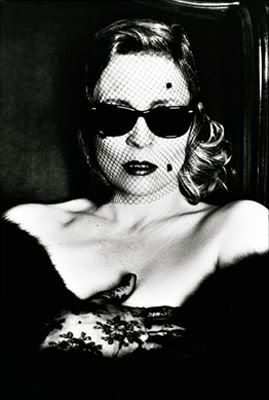
The dark ambery liquid reveals its assets early on, as a drop on the skin is more than enough. It then unfolds the notes with the gusto of a cutthroat assasin draped in a killer tweed suit. They did it oh so glamourously back then! Patchouli lingers in the base making it very lasting. The veil of Faye Dunaway is not raised, not will it be raised ever, the dark glasses remain firmly in place, hiding her gaze. Is it happy, is it sad? is she shedding a tear? We will never know. The mysterious aroma will linger in your memory for ever, like the infamous lines in Roman Polanski's film Chinatown when the secret is revealed between heavy slaps: "She's my daughter. She's my sister".Film Noir is our dark sister. And the daughter we should be quite worried to have.
You can read about natural perfumery and her creations and get Film Noir by visiting Ayala Moriel perfumes clicking here
Top pic is from Black Dahlia, the movie based on James Ellroy book. Pic of Faye Dunaway by Helmut Newton courtesy of temple.edu
.jpg)
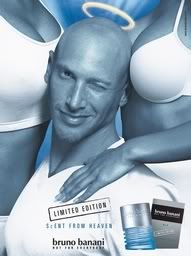
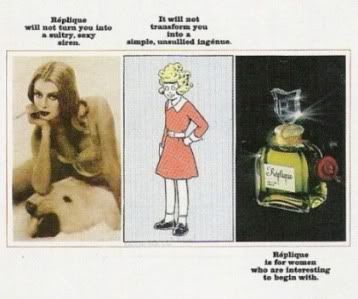
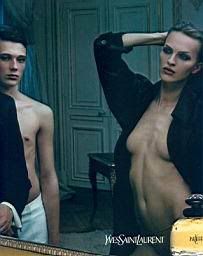

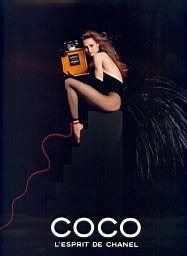



.jpg)